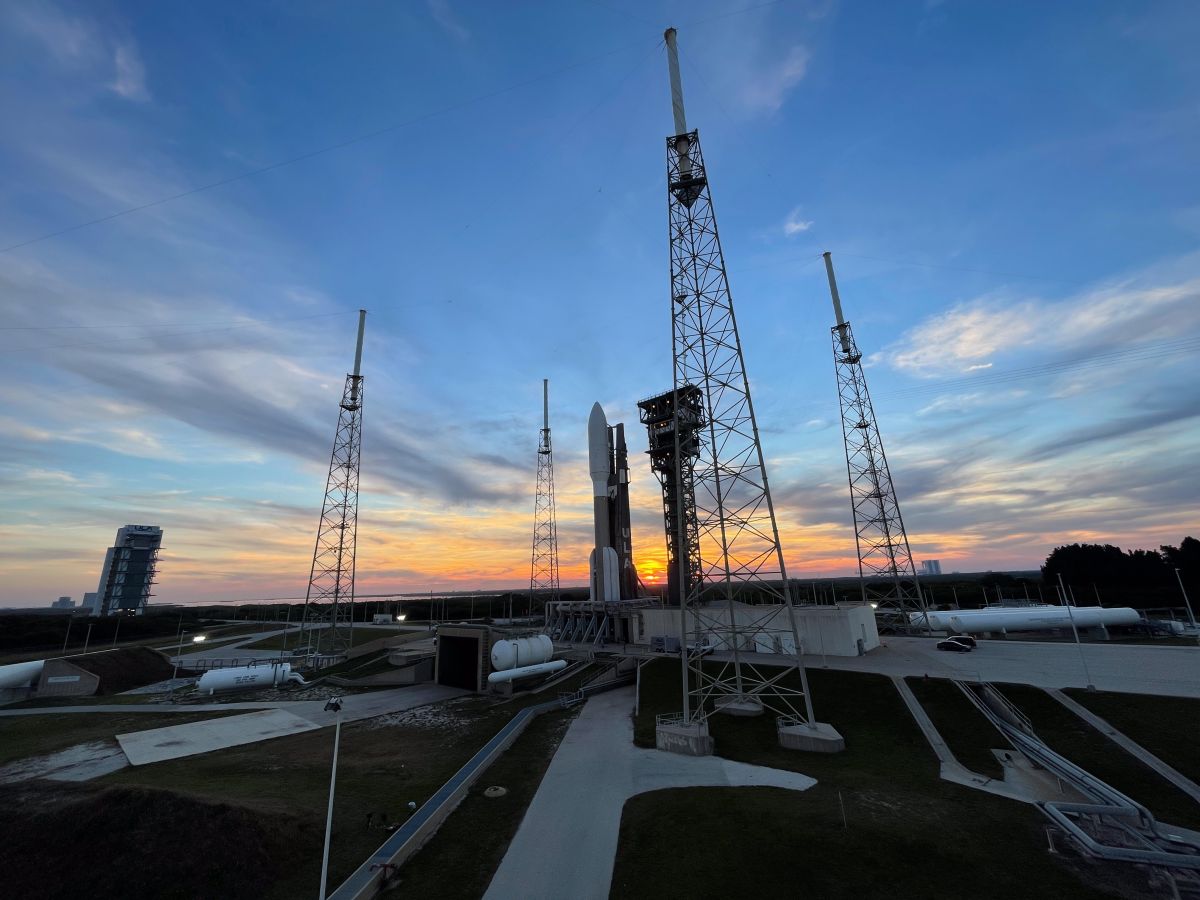In December 2001, the space shuttle Endeavour arrived at the International Space Station during the STS-108 mission. The primary goals for the four-member shuttle crew of astronauts Dominic L. Gorie, Mark E. Kelly, Linda M. Godwin, and Daniel M. Tani included bringing the Expedition 4 crew…
Read MoreMonth: December 2021
Laser Communications Relay Demonstration Lifts Off!
NASA’s Laser Communications Relay Demonstration, or LCRD, launched aboard a United Launch Alliance Atlas V rocket on Tuesday, Dec. 7, 2021.
Read MoreWhat’s Next After the International Space Station?
NASA will end support for the International Space Station by 2030, transitioning low-Earth orbit to commercial operations. The post What's Next After the International Space Station? appeared first on Sky & Telescope.
Read MoreWatch live: Atlas V rocket to launch NASA laser communications relay satellite and Space Force experiments
Update for Dec. 7, 3:58 am ET: The United Launch Alliance is now targeting a 5:03 a.m. EST (1003 GMT) launch time for today’s Space Test Project 3 mission carrying NASA’s Laser Communications Relay Demonstration satellite and Space Force payloads. The launch was pushed back an hour due to upper level winds. A U.S. military mission will get off the ground Tuesday morning (Dec. 7) after a two-day delay, and you can watch the liftoff live. A United Launch Alliance (ULA) Atlas V rocket is scheduled to launch the Space…
Read MoreWant to see Comet Leonard? Here are telescope and binoculars recommendations to spot it this month.
Itching to try out your new astronomy gear, or planning to buy a set? Comet C/2021 A1 (Leonard), also known as Comet Leonard, is visible in binoculars and telescopes and will likely be relatively bright in the coming days, although we can’t say for sure as comet brightness is always unpredictable. Comet Leonard’s path through space should allow for good views, though. On Tuesday (Dec. 7), the Earth will pass through Leonard’s orbital plane or path, which will make the comet appear particularly bright thanks to its position relative to…
Read MoreHubble telescope traces a spiral galaxy to chart our universe’s expansion
The spiral galaxy Mrk (Markarian) 1337, as imaged by the Hubble Space Telescope. (Image credit: ESA/Hubble & NASA, A. Riess et al.) The Hubble Space Telescope has captured a stunning spiral galaxy in a larger quest to chart the expansion rate of our universe. The new image of spiral galaxy Mrk (Markarian) 1337 shows its glittering stars shining roughly 120 million light-years away from Earth in the constellation Virgo. The Hubble Space Telescope prioritized ultraviolet and infrared (heat-seeking) wavelengths in this image, rendered in false color. Studying faraway galaxies like this helps…
Read MoreLa NASA selecciona nuevos candidatos a astronauta
La NASA ha elegido a diez nuevos candidatos a astronautas entre más de 12.000 solicitantes, para representar a los Estados Unidos y trabajar en el espacio para el beneficio de la humanidad.
Read MoreNASA Selects New Astronaut Recruits to Train for Future Missions
NASA has chosen 10 new astronaut candidates from a field of more than 12,000 applicants to represent the United States and work for humanity’s benefit in space.
Read MoreNASA to Highlight New Science Findings, Missions During AGU Meeting
NASA researchers and colleagues from around the world will present the latest findings on a range of Earth and space science topics at the annual American Geophysical Union (AGU) meeting, being held virtually and in New Orleans from Monday, Dec.13, through Friday, Dec. 17.
Read MoreEclipse Over Antarctica
This image of our home planet shows how Earth looked from more than 950,000 miles, or 1.5 million kilometers, away during the total solar eclipse visible in Antarctica on Dec. 4, 2021.
Read More